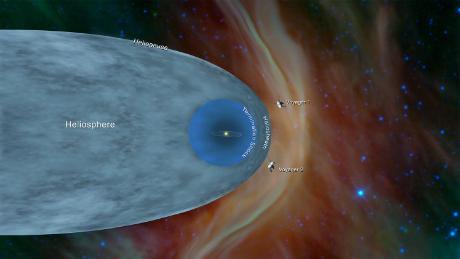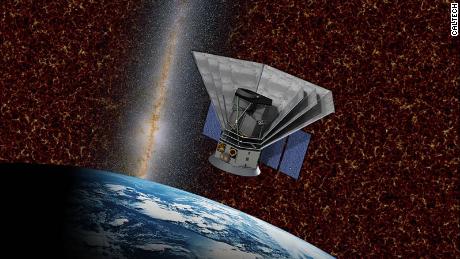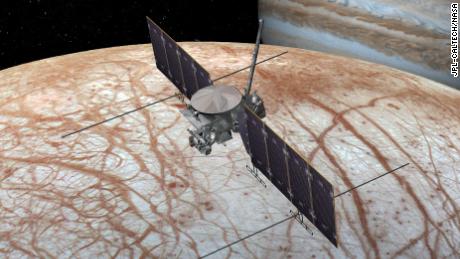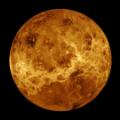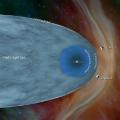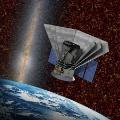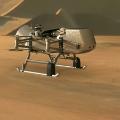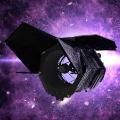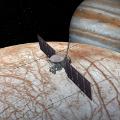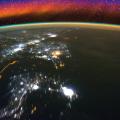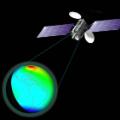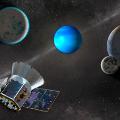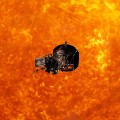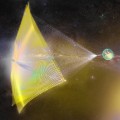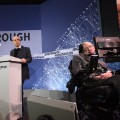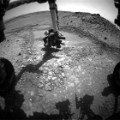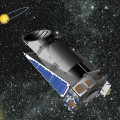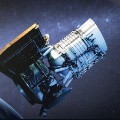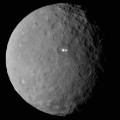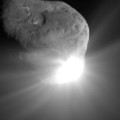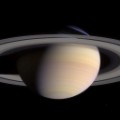(CNN)NASA's ICON mission to explore where Earth's weather meets space weather launched Thursday evening at 10 p.m. ET from the Cape Canaveral Air Force Station in Florida.
ICON was air-launched on Northrop Grumman's L-1011 Stargrazer aircraft on the Pegasus XL rocket. A first attempt at 9:33 p.m. was aborted because communication was lost with the aircraft, but the aircraft looped around and the second launch attempt was successful.
The mission was initially expected to launch last November. It was rescheduled "following the completion of a joint NASA/Northrop Grumman investigation into a Pegasus sensor reading that was not within normal limits during previous ferry and launch attempt flights. The cause of the issue is understood, and the flight hardware has been modified to address the issue," according to NASA.
"After years of work, I'm excited to get into orbit and turn on the spacecraft, open the doors on all our instruments," said Thomas Immel, ICON principal investigator at the University of California, Berkeley. "ICON carries incredible capacity for science. I'm looking forward to surprising results and finally seeing the world through its eyes."
ICON, or the Ionospheric Connection Explorer, will capture a closer view from within the upper atmosphere itself, 350 miles above Earth. ICON can also directly measure particles and how they move. It will operate amid bright bands of color known as airglow.
Airglow, which creates bands of red and green or purple and yellow light, happens when atoms and molecules in the upper atmosphere shed excess energy because they receive so much from the sun in this region.
Unlike auroras, airglow is constant because of daily radiation, forming a light bubble around the Earth.
But it can't be seen unless you're orbiting the Earth on the International Space Station or using a sensitive camera from the ground on a clear night.
"Each atmospheric gas has its own favored airglow color depending on the gas, altitude region and excitation process, so you can use airglow to study different layers of the atmosphere," Doug Rowland, an astrophysicist at NASA's Goddard Space Flight Center, said in a statement. "We're not studying airglow per se, but using it as a diagnostic."
"It's amazing that our atmosphere glows like this, but what's more -- it gives us a direct ability to make observations of the key parameters we need in order to investigate the connection between the neutral atmosphere and the ionosphere," Immel said. "I can't wait to see what airglow looks like from ICON's point of view."
The ionosphere, where Earth meets space, is a dynamic environment full of electrically charged particles and it's always changing. It's also been difficult to study because it's too high for science balloons and too low for satellites to allow for more observation.
But there are indicators that space weather and weather on Earth are linked, and they create a power struggle as they meet in the ionosphere. ICON will be able to observe this up close.
"We've had the smoking gun -- that indicated terrestrial and space weather are linked -- but we've been missing actual observations in the region where these changes are taking place," said Scott England, ICON project scientist at Virginia Tech in Blacksburg, Virginia. "ICON has all the tools to see the drivers and their effects in the system."
This will work in concert with another NASA mission that launched last year, the GOLD mission, or Global-scale Observations of the Limb and Disk, which explores the zone between Earth's atmosphere and the lowest reaches of space, where key communications satellites orbit.
GOLD is examining the response of the upper atmosphere to force from the sun, the magnetosphere and the lower atmosphere. Learning more about the ionosphere -- part of Earth's upper atmosphere where the sun's radiation collides with gas that breaks into electrons and ions -- is key. This dynamic environment is always changing and could easily garble radio signals coming through our atmosphere.
This combined global and fine-scale view from ICON and GOLD will provide scientists with unique perspectives and a more complete picture of "our interface to space," the agency said.
"It's a truly wonderful time to be studying heliophysics," said Nicola Fox, director of NASA's Heliophysics Division in Washington. "We just launched Parker Solar Probe earlier this year, which will give us the first close-up view of what drives the solar wind. Now, with ICON joining our heliophysics system fleet, we will have the incredibly detailed measurements of the ionosphere's response to the solar drivers. This is an amazing opportunity to study the whole system response."



